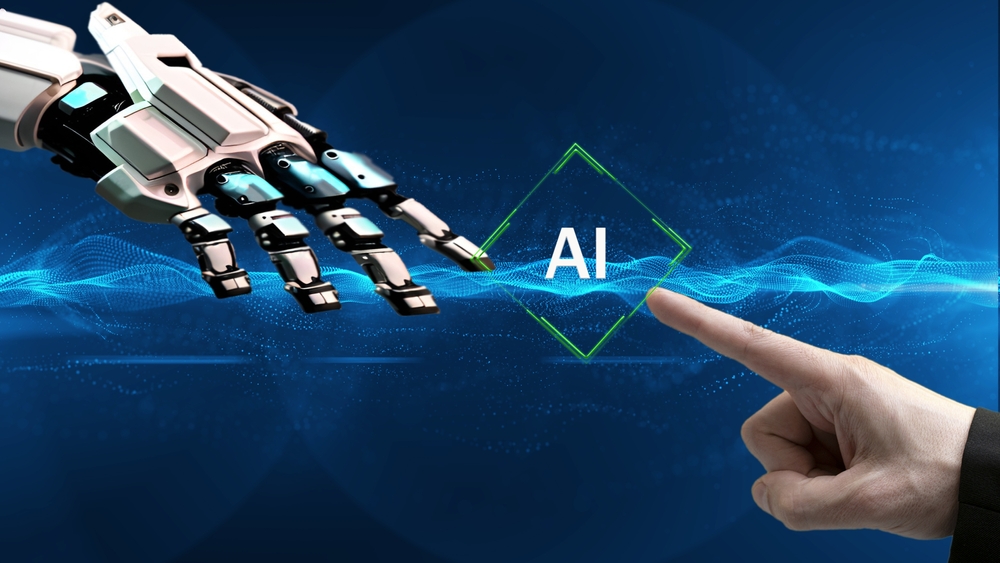Embracing Creativity and Innovation: How AI is Revolutionizing the Arts
Artificial Intelligence (AI) has emerged as a powerful tool that transcends conventional boundaries, and its impact is not limited to scientific or industrial domains. The arts, an arena long associated with human creativity and expression, are also being transformed by AI. From generating novel artistic creations to enhancing the creative process and facilitating immersive experiences, AI is revolutionizing the artistic landscape. In this article, we will explore the diverse applications of AI in the arts and its potential to reshape the boundaries of human creativity.
I. AI in Art Creation
AI is becoming an artist’s collaborator, generating unique and thought-provoking works. AI algorithms can analyze vast amounts of artistic data, learn patterns, and create original art pieces such as paintings, music compositions, and poetry. These AI-generated artworks push the boundaries of creativity, often presenting novel perspectives that challenge conventional notions. By collaborating with AI, artists can explore new artistic possibilities and expand their creative horizons.
II. AI in Augmented and Virtual Reality
AI is critical in developing immersive augmented and virtual reality (AR/VR) experiences. AI algorithms enable realistic rendering, object recognition, and spatial understanding, enhancing user experiences. In visual arts, AI-powered AR applications can overlay digital artworks onto real-world environments, enabling viewers to interact with and explore art in new and dynamic ways. AI-driven VR experiences can transport users into virtual realms, offering entirely immersive artistic encounters.
III. AI in Music Composition
AI has also found its place in the realm of music composition. AI algorithms can analyze vast musical datasets, identify patterns, and generate original compositions. From classical symphonies to modern pop music, AI-powered systems can compose music that captures the essence of different genres. This technology can be used by musicians as a source of inspiration, assisting them in generating new ideas and exploring uncharted musical territories.
IV. AI in Curation and Recommendation
AI algorithms excel in analyzing and understanding large volumes of artistic content. This capability makes them valuable tools for curators and art enthusiasts. AI can recommend artworks, performances, or exhibitions tailored to individual preferences based on past choices and preferences. Curators can use AI algorithms to sift through extensive collections, identify hidden connections, and create novel thematic exhibitions. AI-powered recommendation systems enhance accessibility and enable broader engagement with the arts.
V. AI in Restoration and Preservation
The preservation and restoration of artistic works often involve delicate processes. AI plays a crucial role in these endeavors by enabling precise restoration techniques. AI algorithms can analyze deteriorated artworks, identify missing or damaged parts, and generate realistic digital reconstructions. This technology aids in preserving cultural heritage and facilitates the study of artistic evolution by restoring artworks to their original form, giving us invaluable insights into the past.
VI. AI as a Creative Tool
AI can function as a creative tool in the hands of artists, assisting them throughout the creative process. From generating initial concepts to providing feedback and suggestions, AI algorithms can augment and enhance artistic endeavors. These tools enable artists to experiment, iterate, and explore new directions, pushing the boundaries of their creativity. By integrating AI into their creative workflows, artists can unleash their imagination and bring their visions to life in novel and captivating ways.
The Artistic Landscape
Integrating AI into the arts heralds a new era of creativity, innovation, and exploration. From generating original artworks to facilitating immersive experiences and assisting in the creative process, AI is revolutionizing the artistic landscape. By embracing AI technologies, artists can push the boundaries of human creativity and expand their artistic horizons. However, it is essential to strike a balance between human expression and the influence of AI, ensuring that AI remains a tool to augment and inspire rather than replace the human touch. As we navigate this exciting convergence of AI and the arts, we must embrace its possibilities while cherishing the essence of human creativity and expression.




